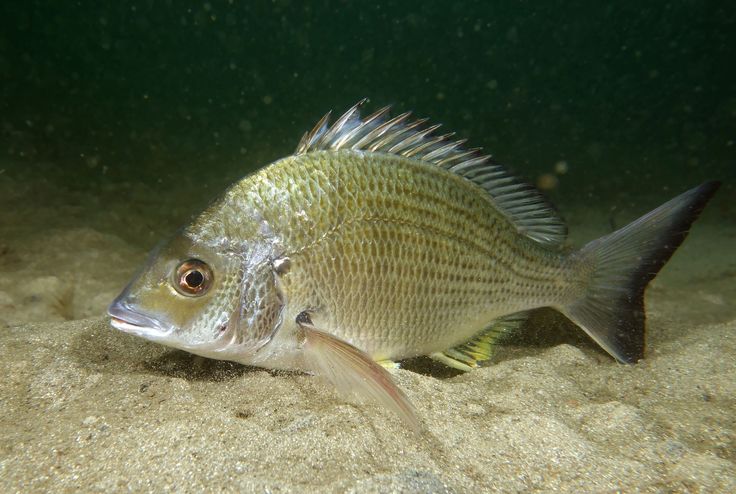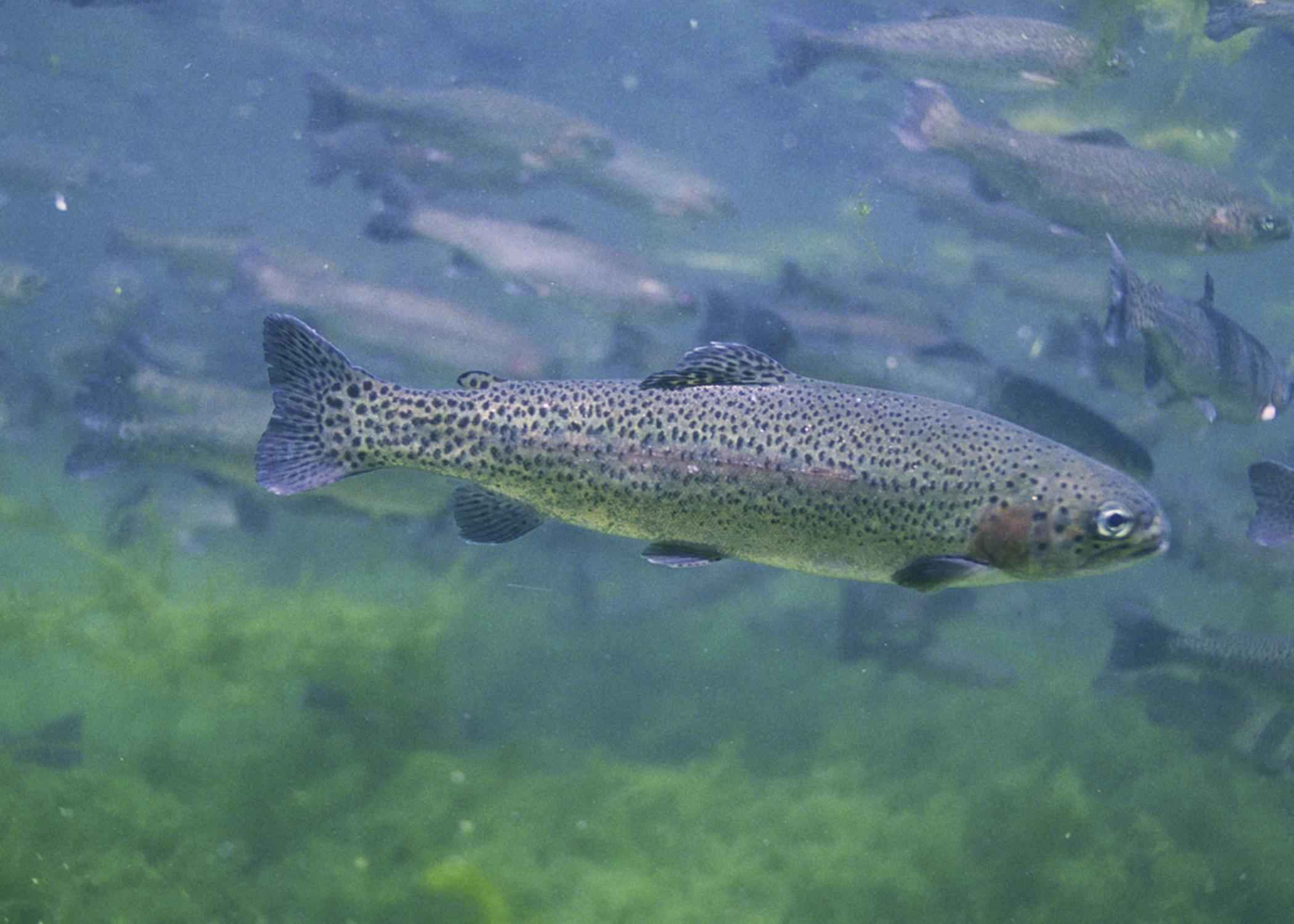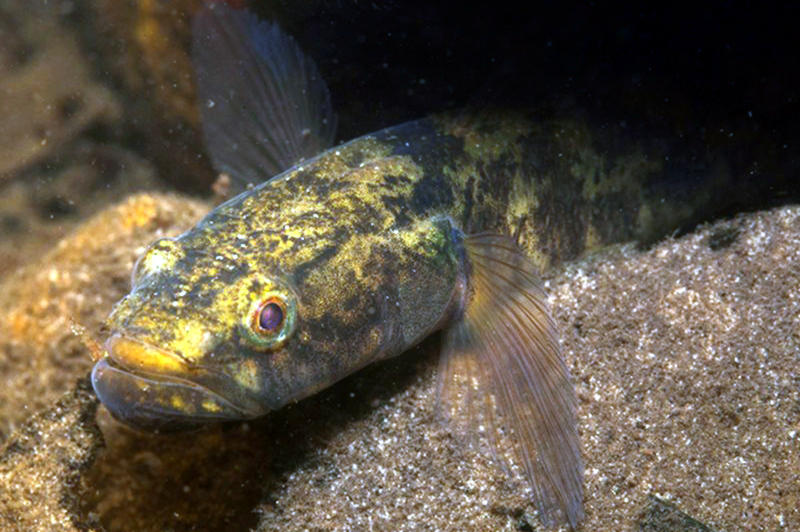Introduction: Yellowfin Bream, Acanthopagrus australis stands as a well regarded species for anglers along coastal waters of Australia. Beyond their popularity in recreational fishing, understanding the biology of Yellowfin Bream provides valuable insights into their behavior, habitat, and the ecological role they play in estuarine environments.
Sometimes with Acanthopagrus butcheri (black bream),
Like many Australians I spent my childhood catching plenty of Bream in the Estuaries around Sydney. And yes they can be common and not always the best of fighters, but they are still a lot of fun when you get into the larger sizes.
Some observations of my own. I had noticed over the years that I would get a run of Bream when fishing, 3 or 4 good fish sometimes minutes after each other. It was only a few years ago when I had the chance to watch some Bream that I noticed they were schooling, which probably sounds obvious but it wasnt really something I had thought about. I watched a school of 20-30 good sized fish patrolling the shallows from one end the bay to another.
I can’t say they are my favourite eating fish, but each to their own.
Lastly I have also noticed that they seem to like really smelly bait. Probably obvious also but it did make me wonder if they do use their sense of smell more than some other species.
Biology
Physical Characteristics: Yellowfin Bream, also known simply as Bream, exhibit distinctive features that make them easily recognizable. Their sleek, silver bodies are adorned with a yellow or bronze tint, especially around the fins and tail. The characteristic yellow fins contribute to their name. On average, they grow to lengths between 25 and 35 centimeters, although larger specimens are not uncommon.
Habitat and Distribution: Yellowfin Bream are primarily found in estuarine environments, where freshwater rivers meet the salty embrace of the ocean. They inhabit tidal rivers, coastal lakes, and mangrove-lined estuaries, showcasing their adaptability to varying salinities. Their distribution spans the eastern and southern coasts of Australia, from Queensland to Victoria.
Feeding Habits: Yellowfin Bream are opportunistic feeders, preying on a diverse menu of aquatic organisms. Their diet includes small fish, crustaceans, mollusks, and a variety of invertebrates. The ability to switch between prey types allows them to thrive in fluctuating estuarine ecosystems, adapting to the availability of different food sources.
Reproductive Biology: Understanding the reproductive biology of Yellowfin Bream is crucial for sustainable fisheries management. Yellowfin Bream are protandrous hermaphrodites, meaning they initially mature as males and later transition to females. This unique reproductive strategy enhances their chances of successful reproduction. Spawning occurs during the warmer months, typically from late spring to early autumn, with females releasing eggs into estuarine waters.
Lifecycle and Growth: Yellowfin Bream undergo significant changes throughout their lifecycle. After hatching, larvae drift with the tide into nursery areas, often seeking shelter in seagrass beds or mangrove roots. As they grow, young Bream move into deeper waters. Their growth rate can vary based on environmental conditions and food availability. In optimal conditions, Yellowfin Bream can reach sexual maturity within two to three years.
Role in Estuarine Ecosystems: Yellowfin Bream play a crucial role in estuarine ecosystems. As both predator and prey, they contribute to maintaining ecological balance. By controlling populations of smaller fish and invertebrates, they influence the overall health and diversity of the ecosystem. Additionally, their movements between freshwater and saltwater areas facilitate nutrient cycling and support the interconnected web of life in estuaries.
Conservation and Management: Effective conservation and management strategies are vital to ensure the sustainability of Yellowfin Bream populations. Size and bag limits, as well as seasonal closures during spawning periods, aim to protect breeding individuals and support healthy stock levels. Monitoring efforts help assess the impact of environmental changes and fishing pressure on Yellowfin Bream populations.
Fishing Techniques for Yellowfin Bream
Introduction: Yellowfin Bream, with their elusive nature and challenging behavior, present an exciting prospect for anglers seeking a thrilling fishing experience along Australia’s coastal waters. In this article, we explore a variety of effective fishing techniques tailored to the habits and preferences of Yellowfin Bream.
Understanding the Habitat: Before diving into specific techniques, it’s crucial to understand the preferred habitat of Yellowfin Bream. They thrive in estuarine environments, often seeking shelter in structures like mangroves, rock walls, oyster racks, and bridge pylons. Tidal rivers and coastal lakes are prime locations, especially during changing tides.
1. Bait Fishing: Bait selection is crucial when targeting Yellowfin Bream. Live or fresh bait such as prawns, nippers, bloodworms, and small fish are irresistible to these predators. Rigging options include running sinker rigs, paternoster rigs, or using a simple hook and sinker setup. Cast your baited hook near structures or drop-offs where Bream are likely to be patrolling.
2. Lure Fishing: Lure fishing is a popular and dynamic technique for targeting Yellowfin Bream. Choose lures that mimic their natural prey, such as small crankbaits, soft plastics, surface lures, and blade lures. Cast your lure near structures and retrieve it in a manner that imitates the erratic movements of injured baitfish or crustaceans. Vary your retrieval speed and incorporate pauses to trigger strikes.
3. Surface Lure Fishing: Topwater or surface lure fishing can be particularly exhilarating. Yellowfin Bream often strike surface lures aggressively. Select poppers, walkers, or fizzers and cast them near structures during low light conditions or when Bream are actively feeding on the surface. Mimic wounded baitfish with irregular pops and twitches to entice explosive strikes.
4. Fly Fishing: Fly fishing for Yellowfin Bream adds an element of finesse to the pursuit. Use small crab or prawn patterns on a floating or intermediate fly line. Cast accurately to structure and employ a slow, twitchy retrieve to mimic the movement of natural prey. Patience and precision are key when fly fishing for these cautious predators.
5. Drift Fishing: Drift fishing with bait or lures can be effective, especially in estuarine areas with changing currents. Allow your boat to drift along likely Bream habitats, casting into structure-rich areas as you move. This technique covers a variety of locations and allows you to explore the estuary systematically.
6. Light Tackle Approach: Employing light tackle enhances the excitement of Yellowfin Bream fishing. Use light spinning or baitcasting outfits with lines in the 2-6kg range. This allows for more accurate casting and a more enjoyable battle when hooked up with a spirited Yellowfin Bream.
Conclusion: Mastering the art of Yellowfin Bream fishing involves a combination of understanding their habitat, selecting the right gear, and employing diverse techniques. Whether you prefer bait, lures, surface lures, fly fishing, or a combination of methods, the key is to adapt to changing conditions and remain observant of the Bream’s behavior. With patience and skill, anglers can unlock the secrets to a successful Yellowfin Bream fishing experience along Australia’s captivating coastal waters.








